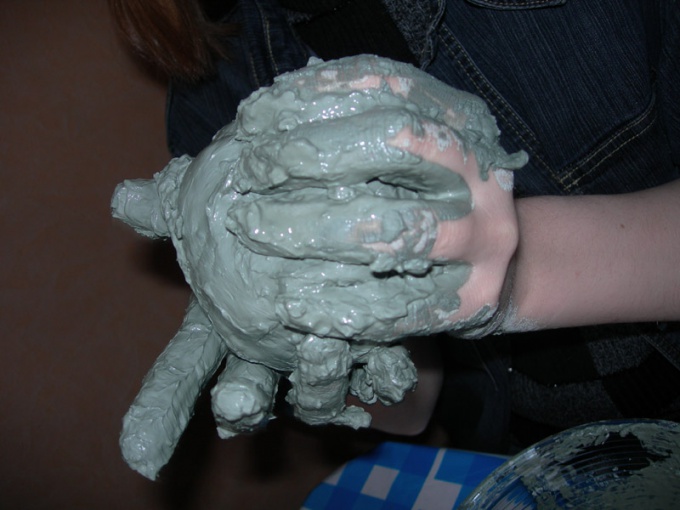Instruction
1
If you use normal clay for sculpting, you can make it plastic by simply adding water. First, add a small amount of water and try to stretch the piece. Then check for ductility. To do this, roll a lump of clay into a sausage and bend it in half.
2
If you bend the clay breaks – add a little more water. To do this, knead a piece of clay and shape a cake. Add in the middle a few drops of water and fold your tortilla in half. Again knead well the lump and check for ductility. This process is repeated until then, until the clay will not cease to break and crack when bent.
3
To soften polymer clay is used in two ways: using a pasta machine or by hand. The composition of the clay includes a plasticizer, which should be evenly distributed throughout the piece. Then clay will be plastic, soft and easy to work with.
4
It is easiest to knead the polymer clay in a warm room with warm hands. From a great piece with a craft knife cut a few strips. Put them together and start to intensively knead and roll in hands. To evenly distribute the plasticizer throughout the piece, roll into a sausage, then fold it in half and twist. Continue to knead. Repeat the operation several times. Now you can start the moulding of the product.
5
Pasta machine is a bit like the manual release push-UPS linen after washing. In order to knead the polymer clay in the pasta machine, cut a few strips from a large piece of clay with a special knife.
6
Connect them on the sides to make a thin layer of clay. Start to roll the clay on the widest mode No. 1. Rolled seam fold in half again and run through the machine about 10 times. If the clay is flexible and plastic – you can get to work.
7
Ill-prepared clay will affect the strength of your product, and can also lead to the appearance of chips and cracks.
